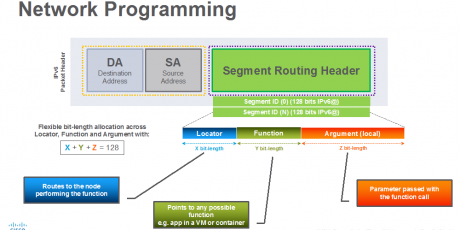SONiC AI Summit 2025 Recap
The SONiC AI Summit 2025, held in August 2025 in Beijing, China, brought together leading global public cloud service providers, including Alibaba Cloud, Microsoft, Tencent, and ByteDance, alongside prominent chip and ODM manufacturers such as NVIDIA, Broadcom, Cisco, and Accton. Participants engaged in extensive discussions related to SONiC and artificial intelligence.


































































